🎧 Listen to the Article
This audio is AI-generated for accessibility.
Key Highlights
An ancient Assamese ritual marking a girl's first menstruation is gradually sparking debate between cultural pride and personal privacy. Can tradition evolve without violating dignity?
Toloni Biya — also called Xoru Biya, Noai-Toloni, or Shanti Biya — is a traditional Assamese Hindu ceremony marking a girl’s first menstruation. Historically, it symbolised her transition into womanhood and readiness for marriage and childbirth. The term itself translates to ‘small wedding’, and the rituals often mirror those of a real Assamese Hindu marriage.
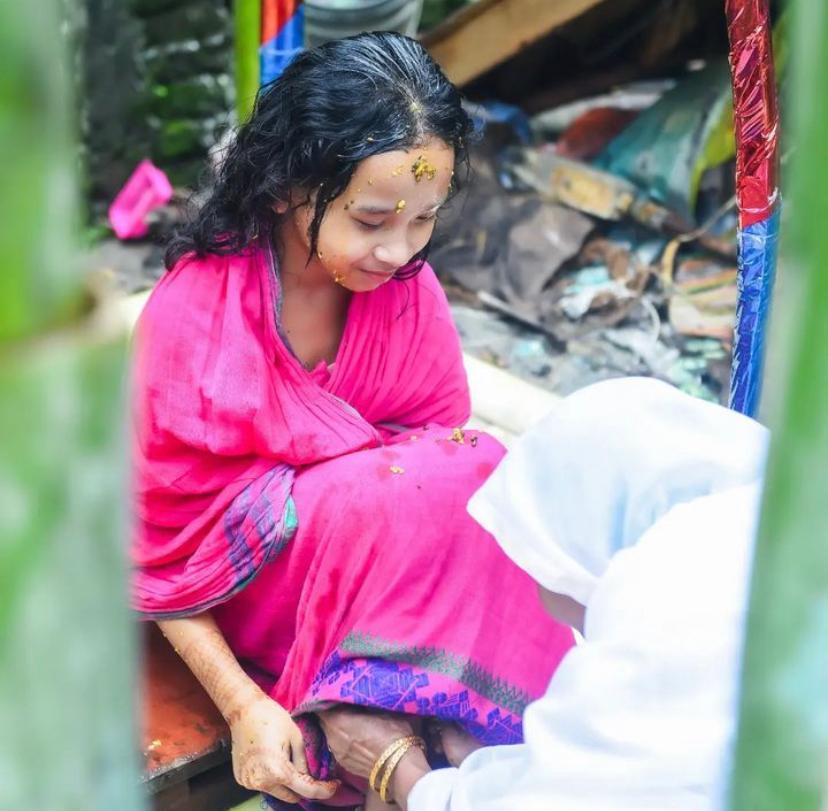
Ceremony Details:
In Assamese Hindu families, the rituals surrounding a girl’s first menstruation are elaborate and symbolic. The girl is immediately isolated for four days, made to sleep on a simple mattress — once even on hay — and given only light food and milk. Men, including boys, are traditionally strictly barred from seeing her. If her period begins elsewhere, she is brought home and confined, treated as ‘impure’ during these days. Parents, guided by superstition, often consult astrologers about the timing of her menarche and perform atonement rituals. Ironically, hygiene is neglected — the girl cannot bathe until the fourth day.
On the third day, women carry a ritual package called Jaapaa — a knife wrapped in a traditional Assamese gamocha, with tamol-paan (areca nut and betel leaf) and puffed rice, carried on the head of a small girl who has not yet attained puberty — to a neighbour’s or relative’s house, who comes to return that package next day with some additional items following rituals. Each item carries symbolic meaning, with the knife symbolising the groom. The exchange represents the girl’s imaginary ‘in-laws’ family. In earlier times, during the age of child marriage, this was literal — those women were from her real in-laws’ family.

On the fourth day, the girl is taken near a banana sapling, where women apply a maah-halodhi (black gram and turmeric) paste to her face, hands, and feet. She is then bathed four times in succession, changing clothes after each round, in front of the eyes of the women. Finally, she is dressed in a new mekhela-chador — the traditional Assamese bridal attire — while folk songs are sung, often describing womanhood, marital relations, pregnancy, and childbirth — themes that can feel awkward and embarrassing for any minor. After the ritual bath, she is carried on someone’s lap to the yard and seated for further rites. A small bundle of cloth shaped like a baby is placed in her lap, and women teasingly ask her to kiss it — symbolically representing the child she may bear in the future.
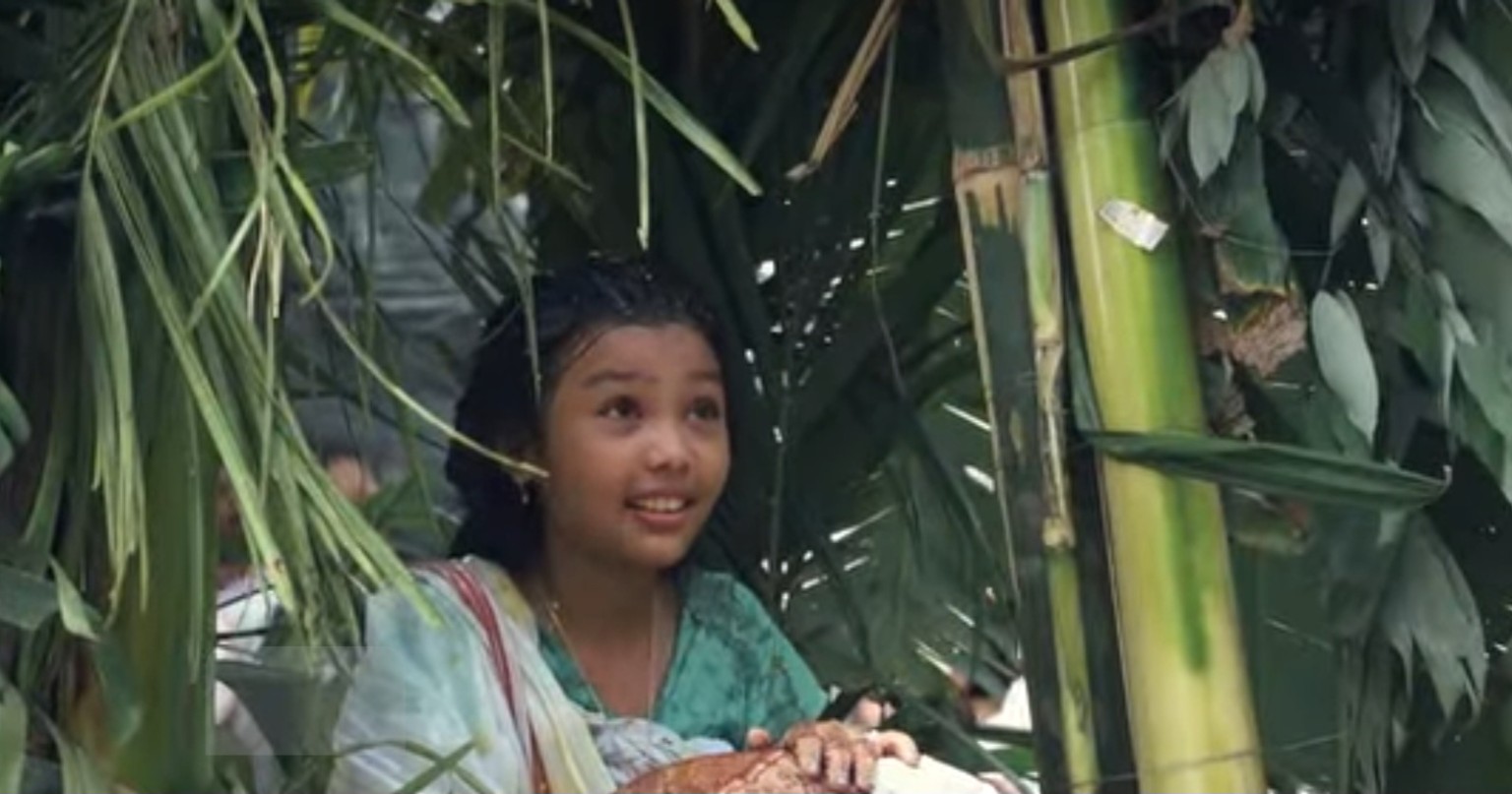
For the community, this is a moment of festivity; while for the young girl, often too small to grasp its meaning, it can be a mix of confusion, excitement, and embarrassment. Yet, for many girls, the joy of being dressed like a bride, showered with gifts, and being the centre of attention, brings innocent delight — happiness untouched by the adult meanings woven around her body and age.
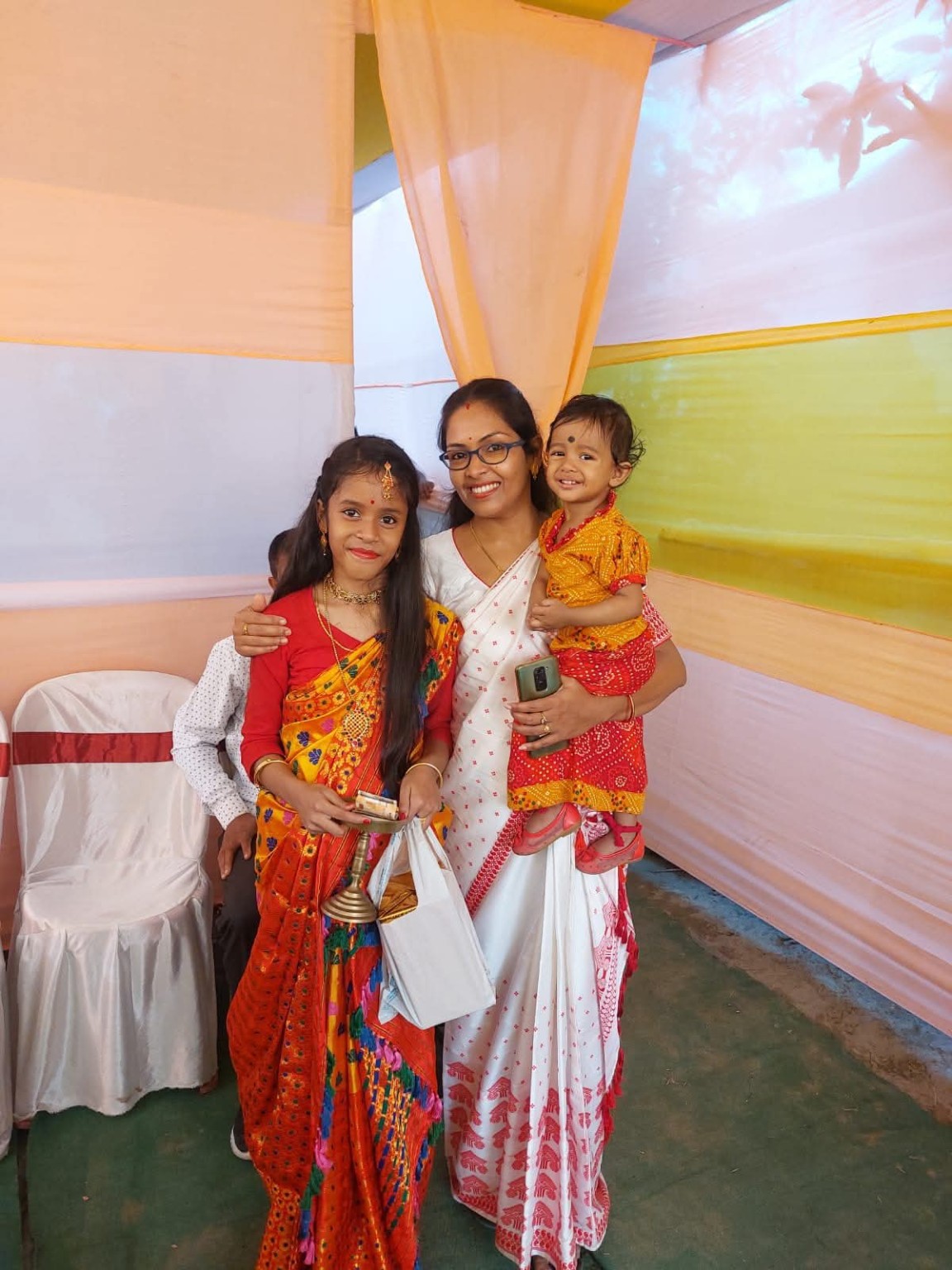
After the rituals, the family usually organises a small feast to mark the girl’s attainment of puberty. Traditionally, this was a private family gathering shared with close relatives and neighbours, but in recent years, the scale of such celebrations has grown, often resembling miniature weddings in some households.
Notably, the rituals vary across different parts and communities of the state.
Global and Indian Parallels
Across the world, communities have marked a girl’s first menstruation with special customs and rituals — from tribal communities in North America to Japan, Africa, North America, etc. Within India too, puberty rituals exist in Tamil Nadu, Andhra Pradesh, and Kerala, often involving ceremonies, gifts, and symbolic purification. While many of these practices emphasise happiness, growth, community, or spiritual symbolism, Assam’s Toloni Biya took on a distinctive social role because of its historic link to child marriage. Celebrations of a girl’s attaining puberty outside Assam too show that Toloni Biya is not unique, but what makes Assam’s tradition striking is its scale and public nature, raising fresh questions about privacy and dignity in today’s context.
Origin of the Concept in Assam
The exact origins of Toloni Biya are difficult to trace, but the practice is rooted in centuries-old Assamese Hindu customs surrounding fertility, purity, and marriage. In older times, child marriage was common: girls were often married at a very young age, but remained in their parents’ homes until puberty. Once the girl had her first period, she was considered biologically ready for marital life. Toloni Biya, literally meaning ‘small wedding’, functioned as a symbolic marker — a public announcement to relatives and neighbours that the child was now ready for marital relations and motherhood — even though, by medical understanding, she was far too young for either.
Across many Indian traditions, puberty is often linked to the first blossoming of a flower — a delicate transition that foretells the fruit of maturity yet to come. In Assam, this idea appears linguistically too: the ceremony around puberty is sometimes referred to as puspotsav, and the term puspitã means ‘attaining puberty’. Both words trace their roots to the Sanskrit puspa, meaning flower, reflecting the belief that the onset of menstruation marks the girl’s capacity for reproduction (ResearchGate, 2017).
Yet the tradition of Toloni Biya in Assam has a lesser-known, more complex origin. Oral histories — including that of the author’s late grandmother, married off as a child at the age of nine only — suggest that the ritual emerged during the era of child marriage.
This oral testimony reveals that Toloni Biya was less about celebrating a biological milestone and more about reinforcing a patriarchal structure where girls were treated as dependents until their bodies signalled reproductive maturity. While child marriage is now illegal, the echoes of that symbolism continue, making Toloni Biya a layered tradition — blending cultural pride with questions of autonomy and privacy.
Even beyond Toloni Biya, Assamese women have long faced a quiet cycle of exclusion during menstruation — deemed ‘impure’ and kept away from kitchens, rituals, and physical contact. This monthly isolation continues from puberty until menopause, often normalised as an unquestioned part of womanhood. Ironically, the strongest enforcers of these rules are often women themselves. Many mothers and grandmothers, raised within these customs, view them not as oppression but as moral duty — symbols of purity and respectability. They pass them down out of affection, fear, and cultural loyalty, keeping the cycle alive within homes rather than through law.
However, today, a small portion of educated and progressive parents are consciously rejecting these restrictions, encouraging their daughters to approach menstruation with understanding and dignity rather than guilt or fear. For them, what remains valid is not isolation, but rest, hygiene, and proper care — the true essence of menstrual well-being.
From Ritual to Debate: When Tradition Meets Privacy
Assamese culture also associates menstruation symbolically with divinity. The annual Ambuvachi Mela at the Kamakhya Temple in Guwahati marks the belief in menstruation of Goddess Kamakhya — a spiritual event drawing devotees, ascetics, and tourists from across India and abroad. During these three days, the temple remains closed, and people refrain from ploughing or disturbing the earth, symbolising the planet’s fertility cycle.
However, this celebration of a divine event has no direct connection with Toloni Biya, which concerns a real young girl’s private biological change. Ironically, in the same society that worships the menstruation of a goddess as divine, the menstruation of a real girl is treated as impurity — worship at one altar, shame at another. This stark contrast between divinity and intrusion lies at the heart of Assam’s cultural paradox.
Hence, the pressing question remains: Should puberty — a deeply private biological event — be turned into a public community celebration?
The public celebration of Toloni Biya has become an increasingly quiet yet persistent topic of discussion and debate in Assamese society. Like any deeply rooted tradition, opinions are divided — with strong voices on both sides. The following section presents a balanced presentation of these contrasting perspectives, reflecting insights gathered from a short Google Form survey, in-person conversations with older women, and the author’s own experience and observations.
Supporters’ Viewpoint
The strongest logic the supporters propose in favour of continuing and promoting the occasion of Toloni Biya is just that it is ‘preservation of Assamese tradition’. Supporters of Toloni Biya uphold it as a proud emblem of Assamese identity and cultural continuity. To them, it is not merely a ritual but a celebration of life — a bridge connecting generations through shared tradition. They argue that Toloni Biya preserves an age-old custom that openly acknowledges a girl’s transition into womanhood in a society where menstruation is often treated as taboo or impurity. In that sense, it is seen as an unusually progressive practice that destigmatises menstruation instead of hiding it.
Many also view the occasion as a time for collective guidance and learning. Elder women from the family and neighbourhood use the event to advise the young girl about the physical and emotional changes she will gradually experience, including how to understand and deal responsibly with men. This generational exchange, they believe, helps prepare the girl for the realities of growing up in a culturally rooted but evolving society.
Some supporters add that Toloni Biya fosters community bonding — bringing families and neighbours together to celebrate, sing, and bless the child. Especially in rural settings, they see the ritual as a reminder of social unity and mutual care. They argue, Toloni Biya can help girls accept menstruation with confidence and pride rather than fear or shame.
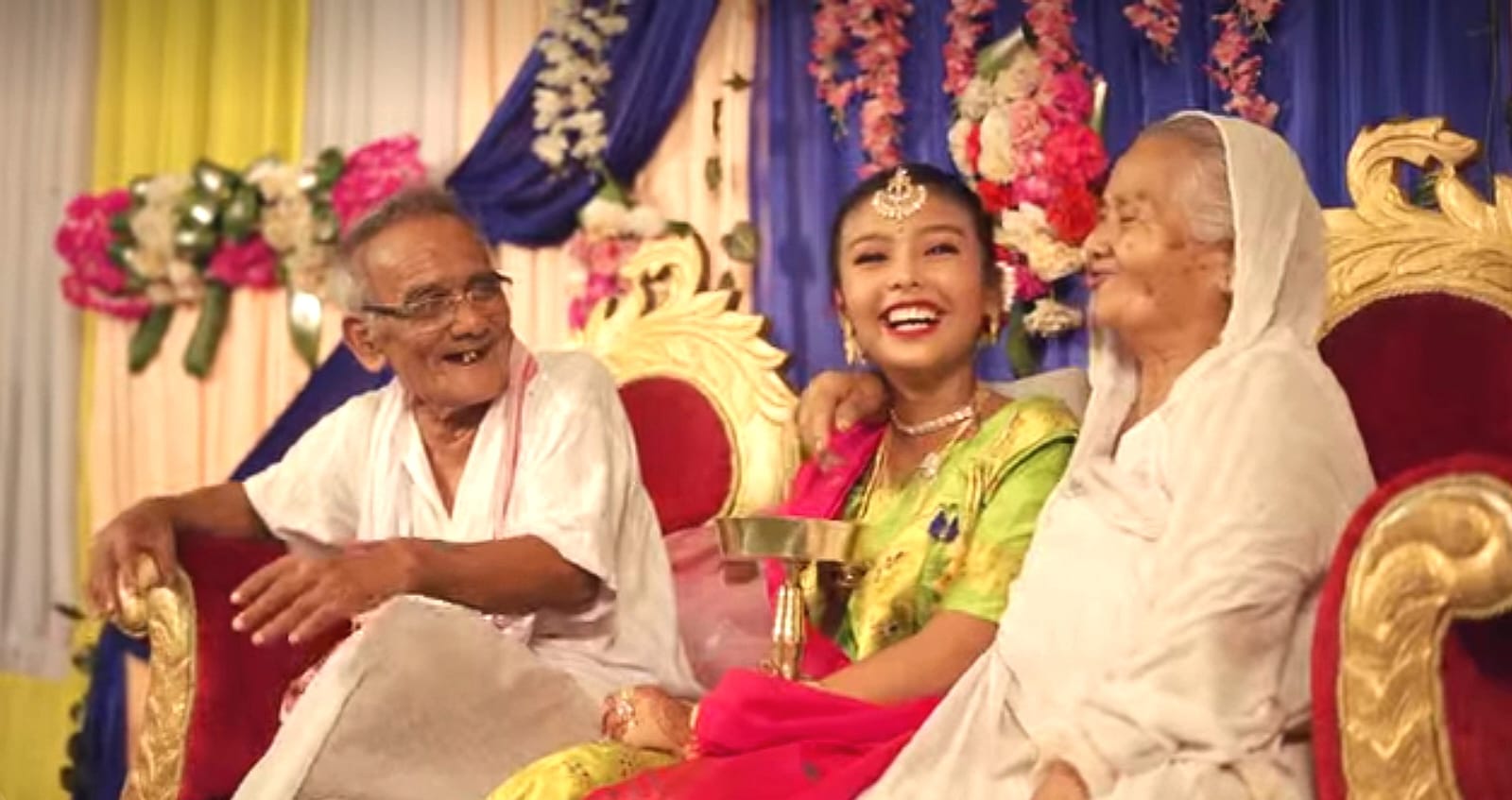
Critics’ Viewpoint
From decades of lived experience and observation, many Assamese — especially responsible modern parents and women who have themselves faced the embarrassment of this ceremony in childhood — are now questioning the logic behind Toloni Biya.
They argue that respecting tradition cannot justify violating a child’s dignity and privacy, particularly when the ritual’s roots lie in ideas of marriage and childbirth. If Assamese society truly intends to honour menstruation instead of shaming it, then it would not treat menstruating women as impure, taboo, or untouchable in daily life. In fact, most rituals of Toloni Biya directly contradict basic menstrual hygiene and diet practices necessary for good health.
Critics also challenge the belief that older women ‘educate’ the girl about menstrual health and life after Toloni Biya. In reality, these women often lack accurate knowledge of menstrual health themselves. What they usually pass down are lists of restrictive rules and constant warnings to stay away from men, which only create fear and confusion in the child. The author and others from her generation recall being strictly told, ‘Don’t talk much to boys’ or ‘Don’t play with boys’ etc. — reflecting the old notion that the girl is now ready for marriage, not that she is growing up as an individual.
Despite claims of openness, silence and stigma still dominate discussions on menstruation. Assam continues to perform poorly in menstrual health awareness and hygiene, and cultural celebrations like Toloni Biya have not improved the situation in any meaningful way (Development Policy Review, 2023).
On the argument that Toloni Biya brings families together, critics respond that there are many other occasions for genuine celebration — such as a girl’s academic or career achievements — that do not expose her private biological changes to public gaze. Sadly, those milestones rarely receive the same enthusiasm.
They further point out that turning a young girl’s puberty into a display of social status places undue pressure on poorer families. Many feel compelled to borrow money to host public feasts instead of investing in their daughters’ education or future.
Yet, because of social pressure and family elders’ insistence, even progressive parents often find it difficult to refuse and rebel. The result is a quiet compromise — awareness in thought, but surrender in action — as they continue to celebrate an outdated practice they no longer truly believe in.
The Gender Imbalance
Another striking aspect lies at the core of Toloni Biya — no equivalent ceremony exists for boys when they reach puberty. A boy’s biological transition is treated as ordinary and passes unnoticed, while a girl’s is ritualised, celebrated, and publicised. Traditionally, the ritual of Toloni Biya symbolically announces that a girl is now ‘eligible to be a mother’, yet the society never publicly declares a boy as ‘eligible to be a father’. This contrast underscores how Assamese society, as in much of the world, continues to place disproportionate attention and control over the female body, turning a private moment into a measure of purity and pride.
Consumerism and the Commercialisation of Toloni Biya
An article from Caleidoscope observes that the rituals of Toloni Biya are ‘not only socially regressive and patriarchal but also traumatic for young girls’. One student from Guwahati shared, “I do not have good memories of my first period. It was very difficult to deal with everything — the onset of menstruation, and then all the rituals.”
Originally a domestic ceremony, the celebration of Toloni Biya began taking a grander form in the early 2000s — a product of growing urban modernisation and social competition. What was once a quiet household event has, in many cases, turned into a showcase of wealth and status. Families now book decorated halls, order printed invitation cards, hire makeup artists to dress the girl like a bride, and professional photographers to capture moments through high-tech cameras. Expensive Paat Silk mekhela-chadors, jewellery, and lavish feasts mirror real weddings, often planned to impress rather than to bless. In the process, menstruation in Assam has become less of a sacred rite and more of a consumerist spectacle — where private biology meets public display.
Public Views on Toloni Biya Today
Recent informal responses gathered by the author through a short survey among Assamese Hindu parents and citizens reveal that views on Toloni Biya are quietly evolving.
Many respondents agreed that puberty is a natural biological process — like birth or death — and not something that requires a public celebration. As one participant put it, “It should be a private family matter.”
Others, however, see value in maintaining smaller family rituals — balancing respect for elders’ sentiments with sensitivity toward a child’s privacy. “We couldn’t say 'No' to our parents, but we kept the ceremony limited to close relatives,” one mother shared.
Some also suggested a middle path — keeping the rituals within the family and using the occasion to promote menstrual health and hygiene awareness, without turning it into a social show.
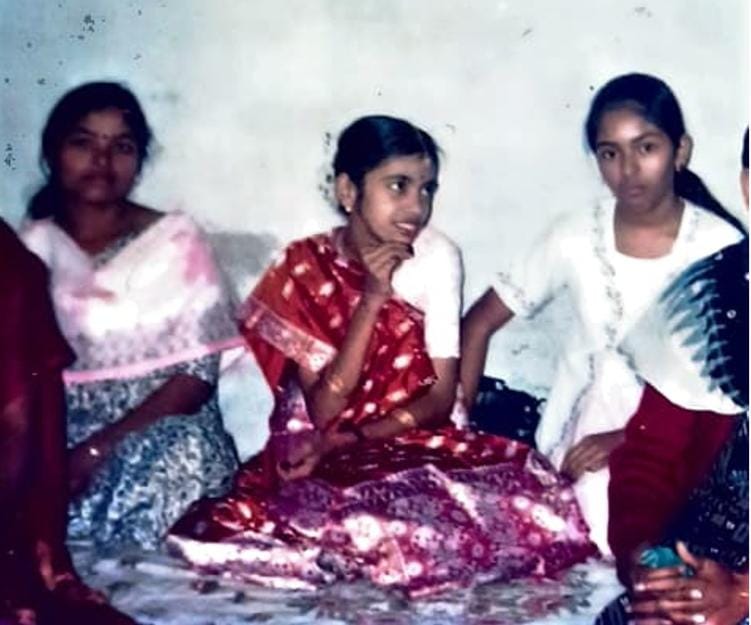
In South Asia Views, Assamese writer and scholar Mitra Phukan describes Toloni Biya as a beautiful expression of Assam’s cultural identity, but worries that modern youth are gradually drifting away from such traditions. She views the ceremony as an integral part of the state’s social fabric.
Similarly, a 2017 article published in the Rupkatha Journal on Interdisciplinary Studies in Humanities (titled ‘Declining of Tuloni Biya: A Case Study’) observes that many educated urban families no longer celebrate Toloni Biya as earlier generations did. The research attributes this shift partly to embarrassment among teenage girls about publicly celebrating a deeply private event, and partly to modern lifestyles that leave little time for week-long rituals.
Debajit Saikia, Senior Assistant Professor of Botany and father of three daughters, told the author, “We did not allow any religious ritual for any of our daughters. Rather, we used those occasions as family get-togethers. In today’s busy life, we rarely get to meet our extended family members and have enjoyable moments. But those were not exclusively for my daughters’ Toloni Biya.”
Renowned Assamese author Juri Bora Bargohain shared an even firmer stance: “When I was a child and attained puberty, I remember being very embarrassed by the rituals performed in front of women. I have always been against this tradition. So when my daughter reached puberty, I announced that there would be no ritual. She would sleep in her bed, eat healthily, move freely, and face no untouchability. There would be no gathering to publicly celebrate her private matter. She was never embarrassed because I had already prepared her for this change — taught her hygiene, placing pads, and self-care. Only to respect her grandmother’s wish, we let her stay home for a week and read books.”
Conclusion
Together, these voices reveal that Assamese society today stands at a moral crossroad. Some defend Toloni Biya as a marker of cultural pride, yet the truth remains — no tradition that violates a child’s, in fact, any person's privacy and dignity can be justified in the name of heritage. As our social conscience evolves, just as we once abolished practices like sati pratha or child marriage, we too must outgrow rituals that glorify a girl’s most private biological experience through public display and competitive consumerism. A progressive society should protect its daughters from spectacle — not turn their innocence into ceremony.



